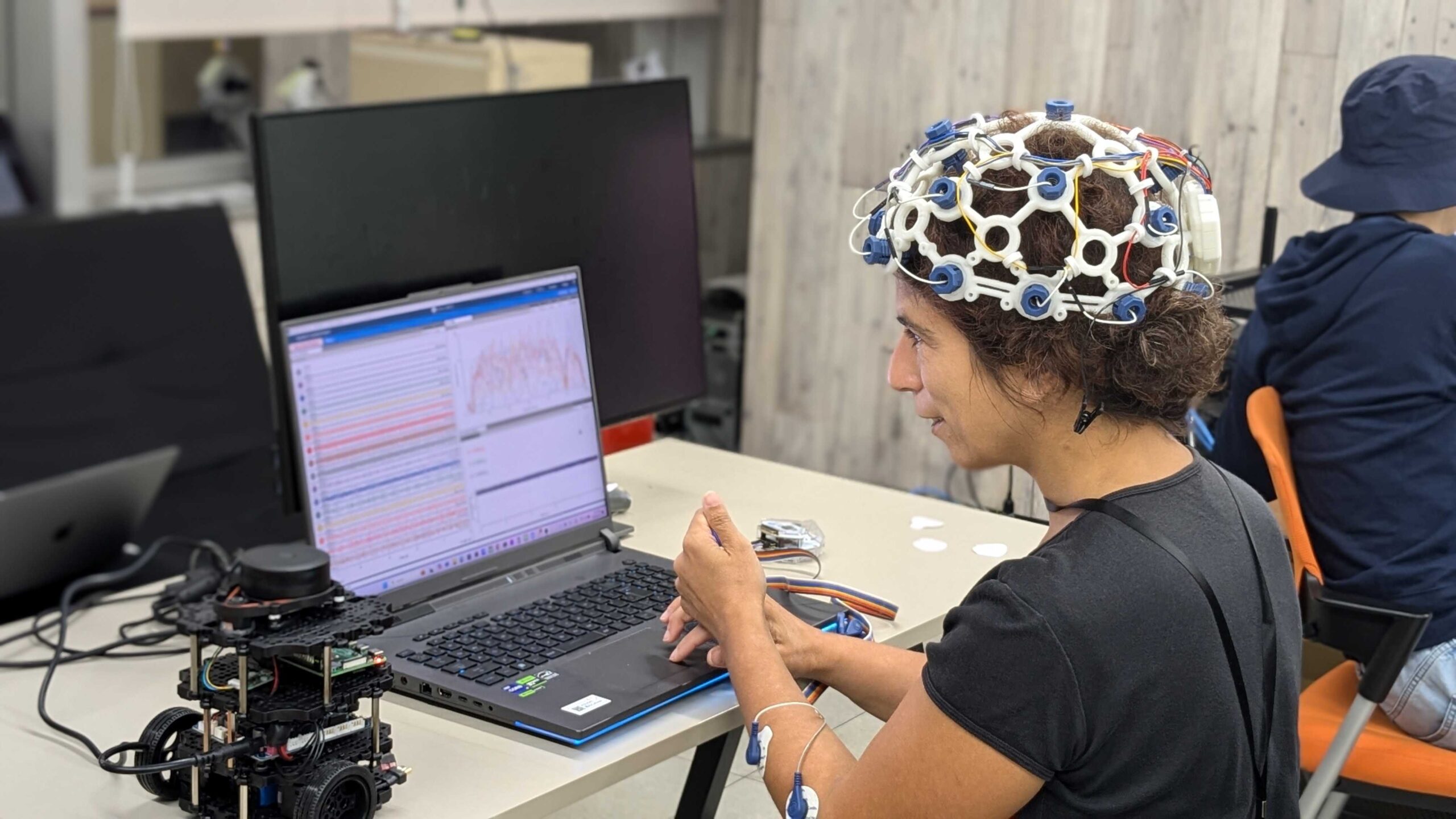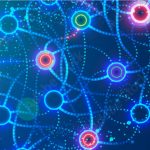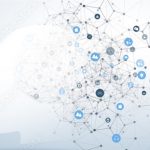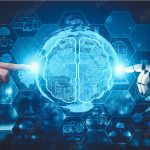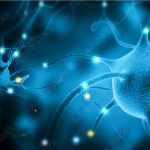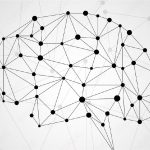Members

Kan Akutsu
Research Team Lead
Akutsu Kan is a Senior Researcher at Araya.
He received his Master’s Degree in Information Science and Technology at the University of Tokyo in 2012. After that, he worked in mobile game planning and development at DeNA Co., Ltd. and lead HR and product planning and development at ZEALS Co., Ltd..
He joined Araya in June 2023. He is currently working on designing and building a platform for BMI development.
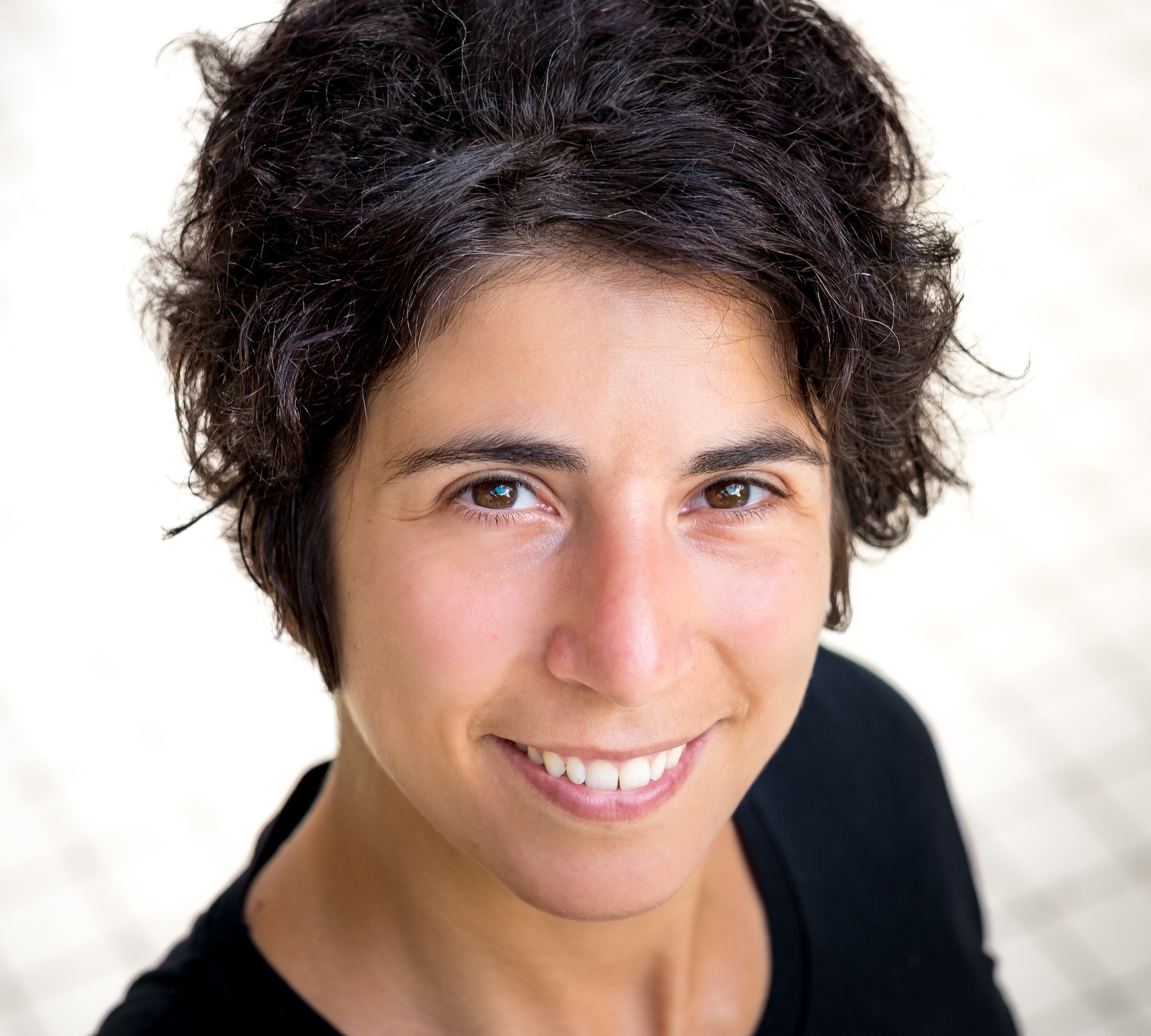
Sarah Cosentino, Ph.D.
Chief Researcher
Sarah is a Chief Researcher at Araya. She received her M.S. in Electronic Engineering from Politecnico di Milano and her Ph.D. from Waseda University with a thesis on Human-Robot interaction. She is a Vulcanus in Japan and MEXT scholar alumna, and former Associate Professor of Robotics at Waseda University. Her current research interests include complex system theory and physiological signal analysis for behavior recognition and natural human-machine interfaces.
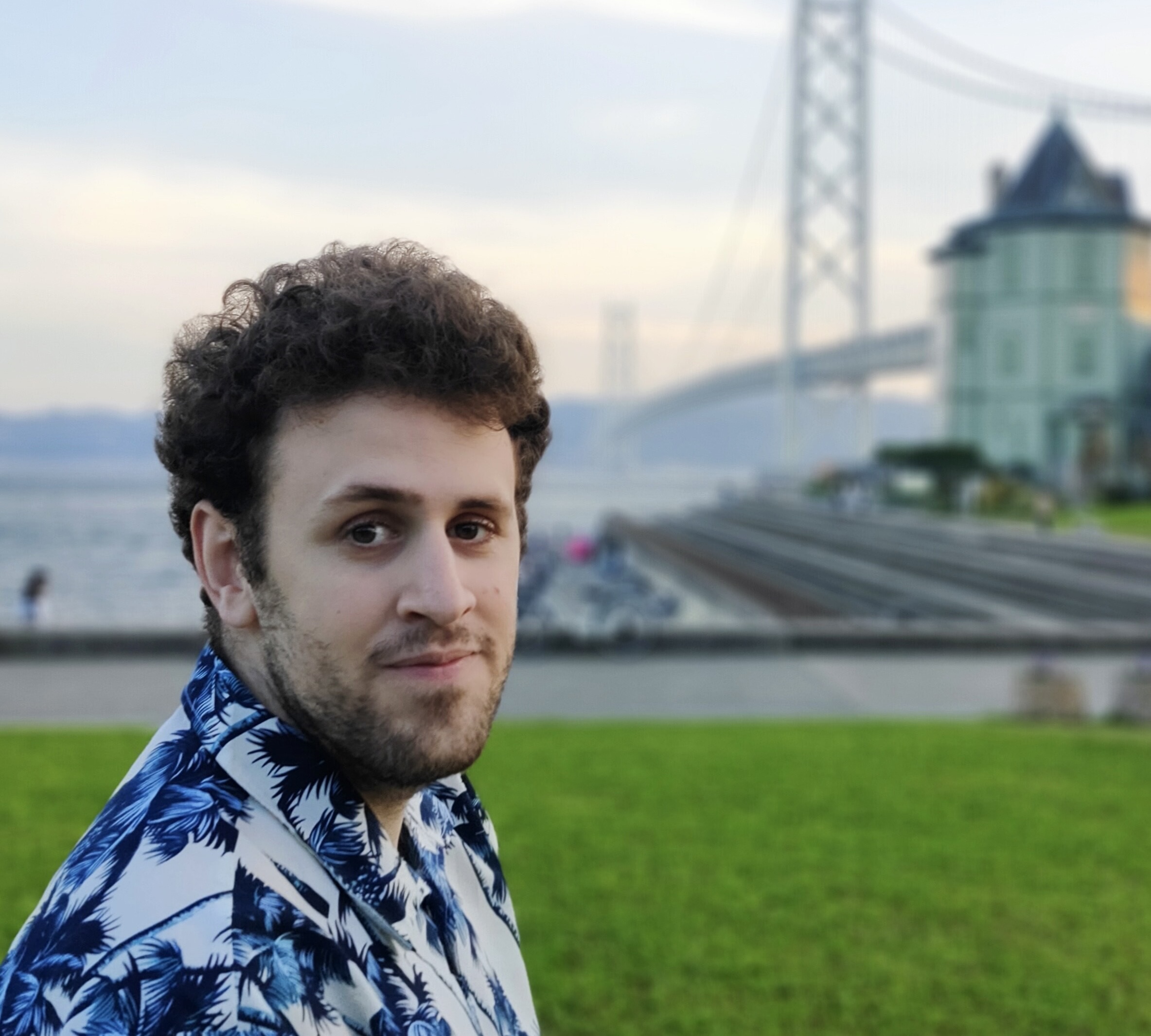
Ángel Muñoz González, Ph.D.
Chief Researcher
Ángel graduated with a master’s in Biomedical Engineering and a master’s in Applied Physics and Mathematics in 2020. Afterward, he pursued a Ph.D. in the Bionic Communication Engineering Lab at Shibaura Institute of Technology, researching brain-computer interfaces and emotional responses using EEG signals, and graduated in 2023. After that, he worked for Splink Inc., a health-tech startup. He joined Araya in 2024. His research interests include the implementation of physiological information in health-tech applications, especially focused on brain signals.
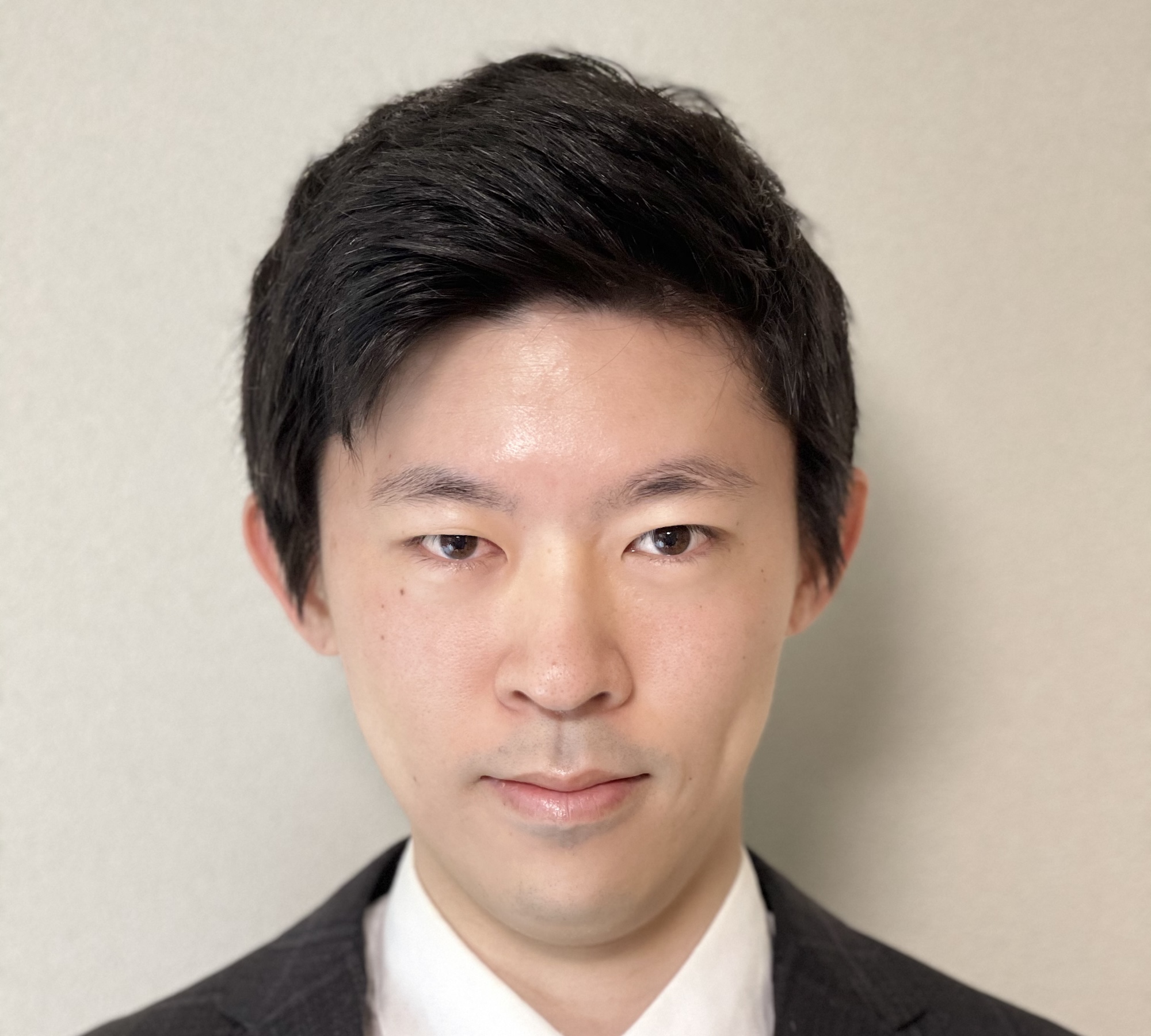
Keita Matsumoto
Leader
He is also the team leader of Araya's Construction and NeuroAI departments. He received his Master's degree in Information Science and Engineering from Waseda University, where he conducted research on 3D shape reconstruction of objects using images. He then worked in software development and R&D at Mitsubishi Electric Corporation, a general electronics manufacturer, before joining Alaya in 2019. Since joining the company, he has been engaged in research and development using reinforcement learning and imitation learning, predictive coding models, automation of construction machinery, and development of OSS (OptiNiSt).

Ates Eren Dogus
プロダクト開発マネジャー
2011年にイスタンブールのベイケント大学にてコンピュータ工学の工学士号を取得。その後3年間、アバタリン社にてチームリーダー兼主任コンピュータエンジニアとして勤務し、遠隔操作ロボット向けSDKの設計・開発を担当した。現在はアラヤ社にて次世代アバターロボティクス及びヒューマンオーグメンテーション技術の開発に携わっている。専門分野はロボティクス、組込みソフトウェア、ゲーム開発。

Akito Yoshida
Researcher
Akito is a researcher at Araya. He received his Master's degree in Information Science and Technology from the University of Tokyo in 2022. His research interests focus on the development of human-like intelligence through the interaction between the brain, body, and environment. He is currently working on Brain-Machine Interface platform development and neural activity data analysis using the free energy principle.
